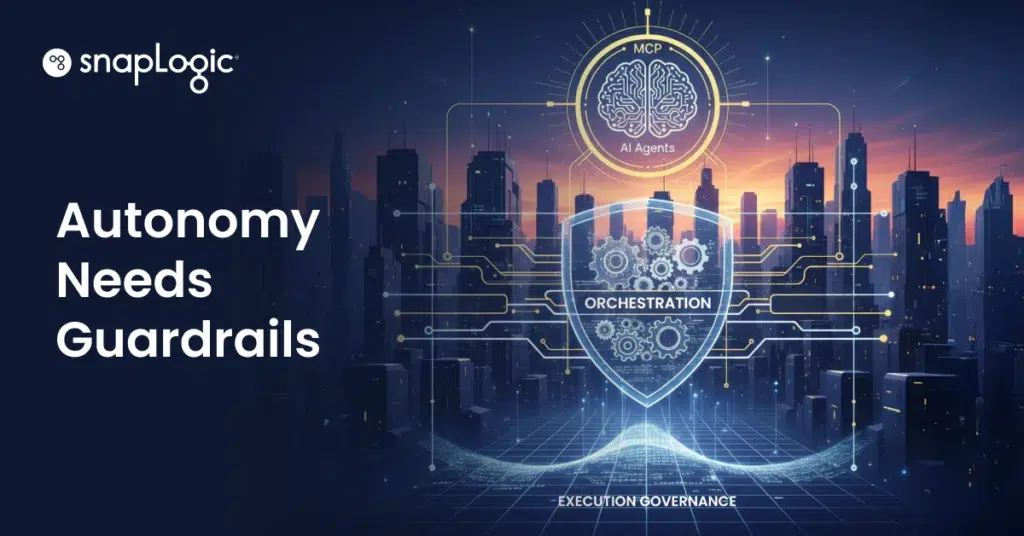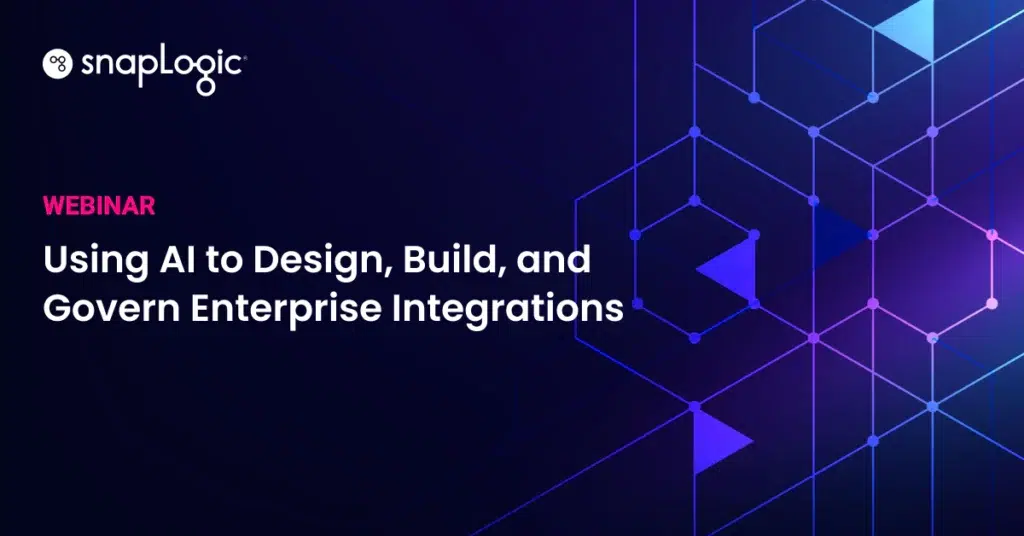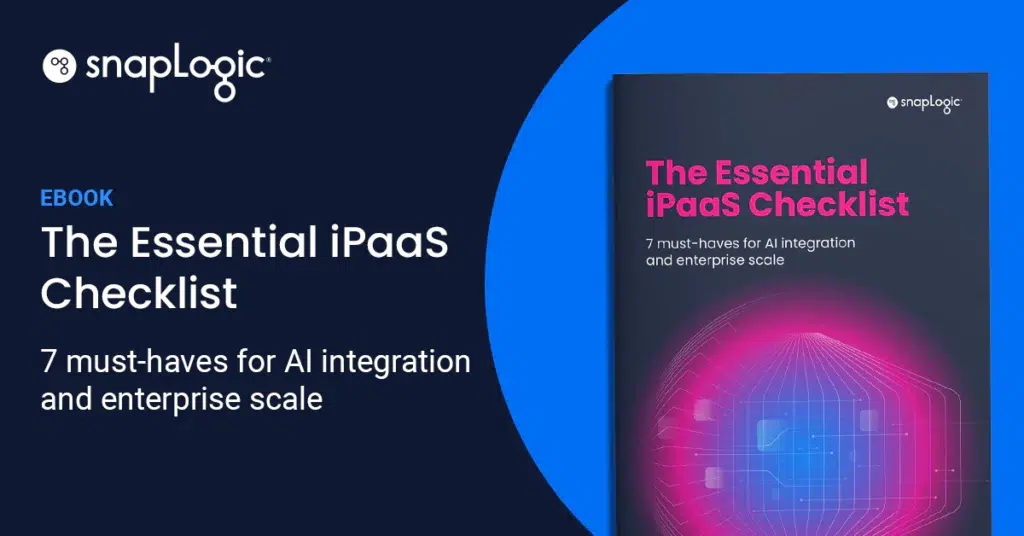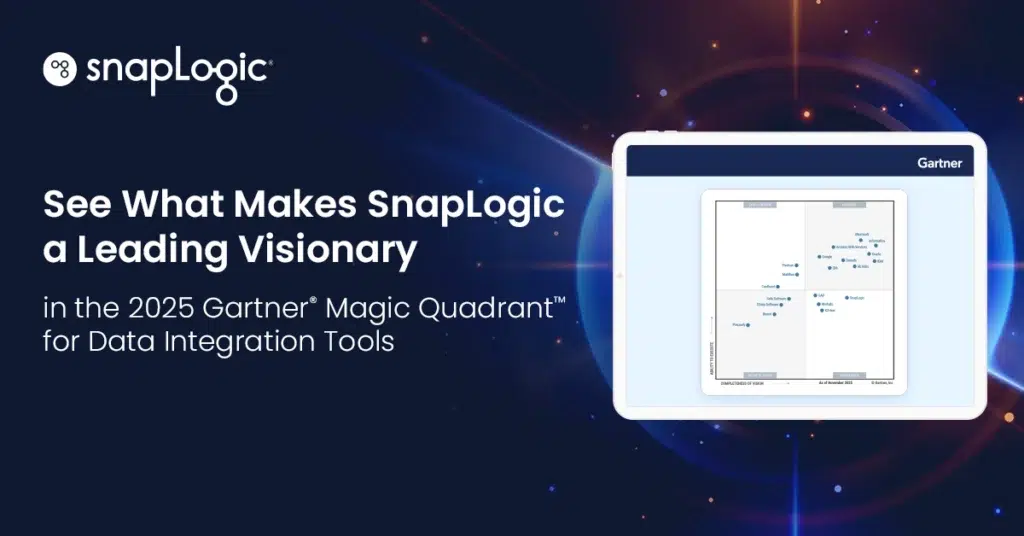What is an LLM?
A Large Language Model (LLM) is a type of artificial intelligence that processes and generates human-like text based on vast amounts of data. By learning from a comprehensive dataset, LLMs understand context, nuance, and language patterns, enabling them to perform tasks like writing, translating, and answering questions. Their advanced capabilities make them integral to developing more intelligent and interactive AI applications across various industries.
Understanding how LLMs work
What are the basics of neural networks and transformers?
At the core of LLMs are neural networks, a series of algorithms modeled after the human brain, designed to recognize patterns. These networks interpret sensory data through a kind of machine perception, labeling, or raw input. The transformer model, a breakthrough in NLP, enables LLMs to handle massive data sets for text generation by focusing on the relationships between words in a sentence, significantly improving the efficiency and accuracy of natural language processing.
How are large language models trained?
Training an LLM involves feeding it a massive amount of text data, from which it learns language patterns, syntax, and semantics. This process, known as deep learning, involves adjusting the weights within the neural network to minimize the difference between the predicted and actual outcomes, enhancing the model’s ability to generate coherent and contextually relevant text. Techniques like fine-tuning and optimization are applied to tailor the LLM’s responses to specific use cases.
What are architectural insights like attention mechanisms?
Attention mechanisms in LLMs allow the model to weigh the importance of different words in a sentence, enabling it to focus on relevant parts of the text when generating responses or performing translations. This architectural innovation is crucial for understanding context and producing responses that are not just grammatically correct but also contextually appropriate, paving the way for advancements in conversational AI and semantic understanding.
Diverse applications of large language models across industries
How are chatbots revolutionizing customer service?
Chatbots, powered by LLMs, are transforming customer service by providing real-time assistance, 24/7 availability, and personalized interactions. They leverage natural language processing to understand and respond to customer queries, significantly reducing wait times and improving customer satisfaction.
In what ways is AI enhancing content creation?
AI is revolutionizing content creation by enabling automated text generation that’s coherent, contextually relevant, and tailored to specific audiences. LLMs can produce diverse content types, from articles to marketing copy, freeing human creators to focus on strategy and creativity.
How is healthcare geing transformed with AI-driven insights?
In healthcare, LLMs are providing AI-driven insights for diagnosis, treatment recommendations, and patient care by analyzing medical records and literature at scale. This enables more personalized patient care and accelerates medical research.
How do LLMs work in financial analysis and prediction?
LLMs are being used in finance to analyze massive datasets, predict market trends, and provide investment insights by processing financial news, reports, and social media in real-time. This aids in making more informed decisions and identifying emerging opportunities.
The advantages of implementing LLMs
How do LLMs improve efficiency and accuracy in language processing?
Large Language Models (LLMs) significantly enhance efficiency and accuracy in language processing by leveraging advanced neural networks and massive datasets. They can quickly process and generate human-like text, reducing the time and resources needed for tasks such as content creation, customer service, and data analysis. Their ability to learn from vast amounts of data ensures that the generated text is not only accurate but also contextually relevant, making them invaluable tools in various fields.
How do LLMs understand context and nuance in conversations?
LLMs excel at understanding context and nuance in conversations due to their deep learning capabilities and sophisticated architecture, such as attention mechanisms. These features enable LLMs to grasp the subtleties of human language, including idioms, cultural references, and emotional tones. By analyzing the context in which words and phrases are used, LLMs can generate responses that are appropriate and nuanced, thereby enhancing the quality of AI-driven interactions.
The implementation of LLMs, as facilitated by platforms like SnapLogic’s AI solutions, allows businesses to leverage these advantages, leading to smarter, more efficient operations. For an in-depth exploration of how SnapLogic enables these advancements, visit SnapLogic AI.
Navigating the challenges and ethical considerations of LLMs
How can bias be addressed and fairness ensured in AI?
Addressing bias in AI involves implementing diverse training data, continuous monitoring for biased outcomes, and developing algorithms with fairness in mind. Transparency in AI processes and involving stakeholders from varied backgrounds can also ensure more equitable AI systems.
What are the privacy concerns and data security measures with LLMs?
The environmental impact, primarily from the energy consumption of training LLMs, can be mitigated by optimizing algorithms for efficiency, using renewable energy sources, and developing more energy-efficient hardware for AI computations.
For more insights into how LLMs are securely and ethically integrated into workflows, SnapLogic’s discussion on strengthening security and privacy offers valuable guidelines: Gen AI: 7 Key Steps To Strengthen Security and Alleviate Privacy Concerns with LLMs and GPTs.
What is the environmental impact of training LLMs?
The process of training Large Language Models (LLMs) demands significant computational power, which in turn requires substantial energy, often sourced from non-renewable resources. This energy consumption contributes to the carbon footprint of AI technologies, raising concerns about their environmental sustainability. Efforts to mitigate these impacts include optimizing the efficiency of training algorithms, using renewable energy sources for data centers, and developing more energy-efficient hardware.
What lies ahead for next-generation models?
The future of LLMs is poised for groundbreaking advancements. Next-generation models are expected to be more efficient, capable of understanding and generating human language with even greater accuracy, and tailored to specific domains or tasks. Innovations in model training and architecture, such as few-shot learning and more sophisticated attention mechanisms, will enhance their applicability and reduce environmental impacts.








